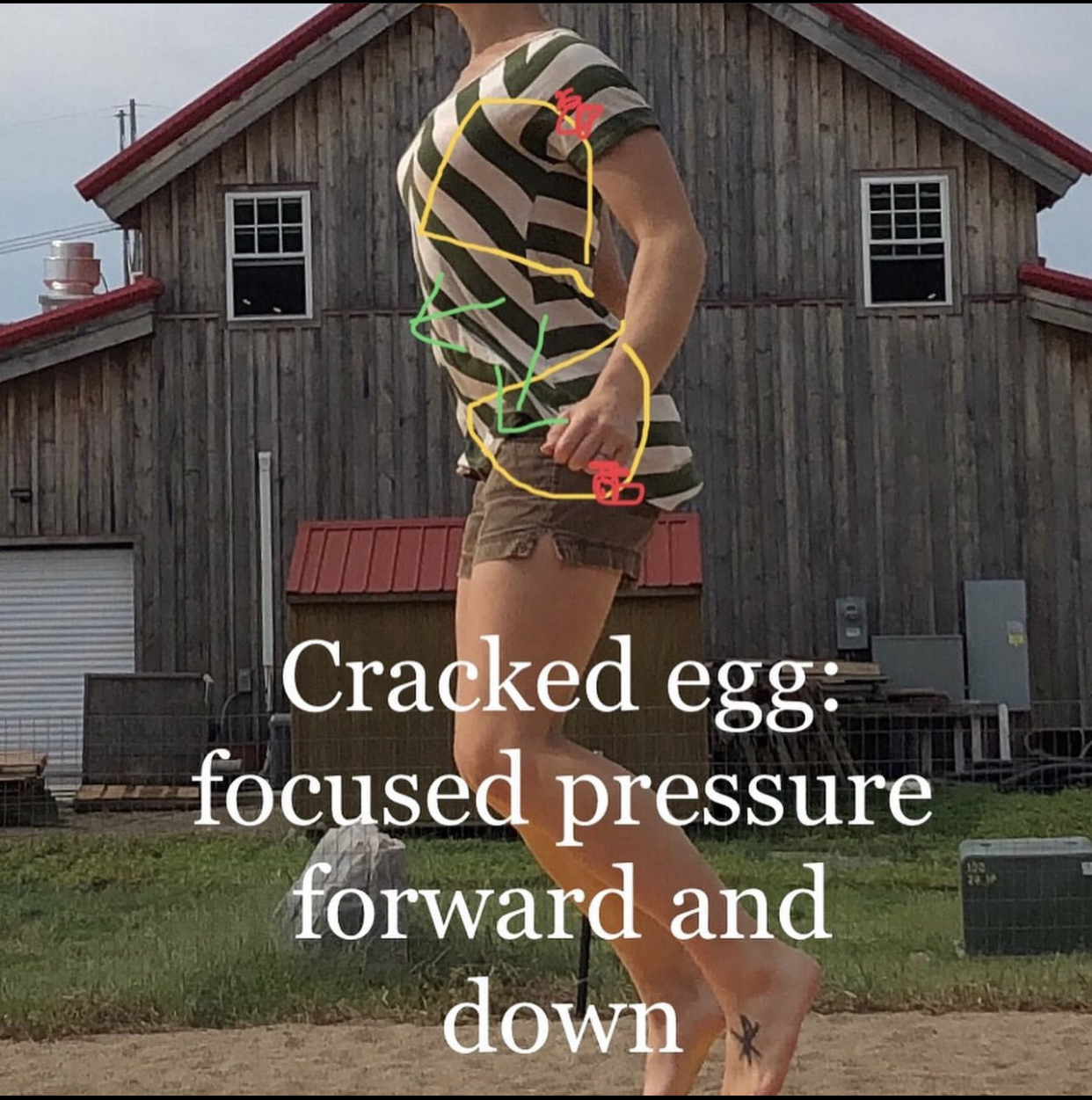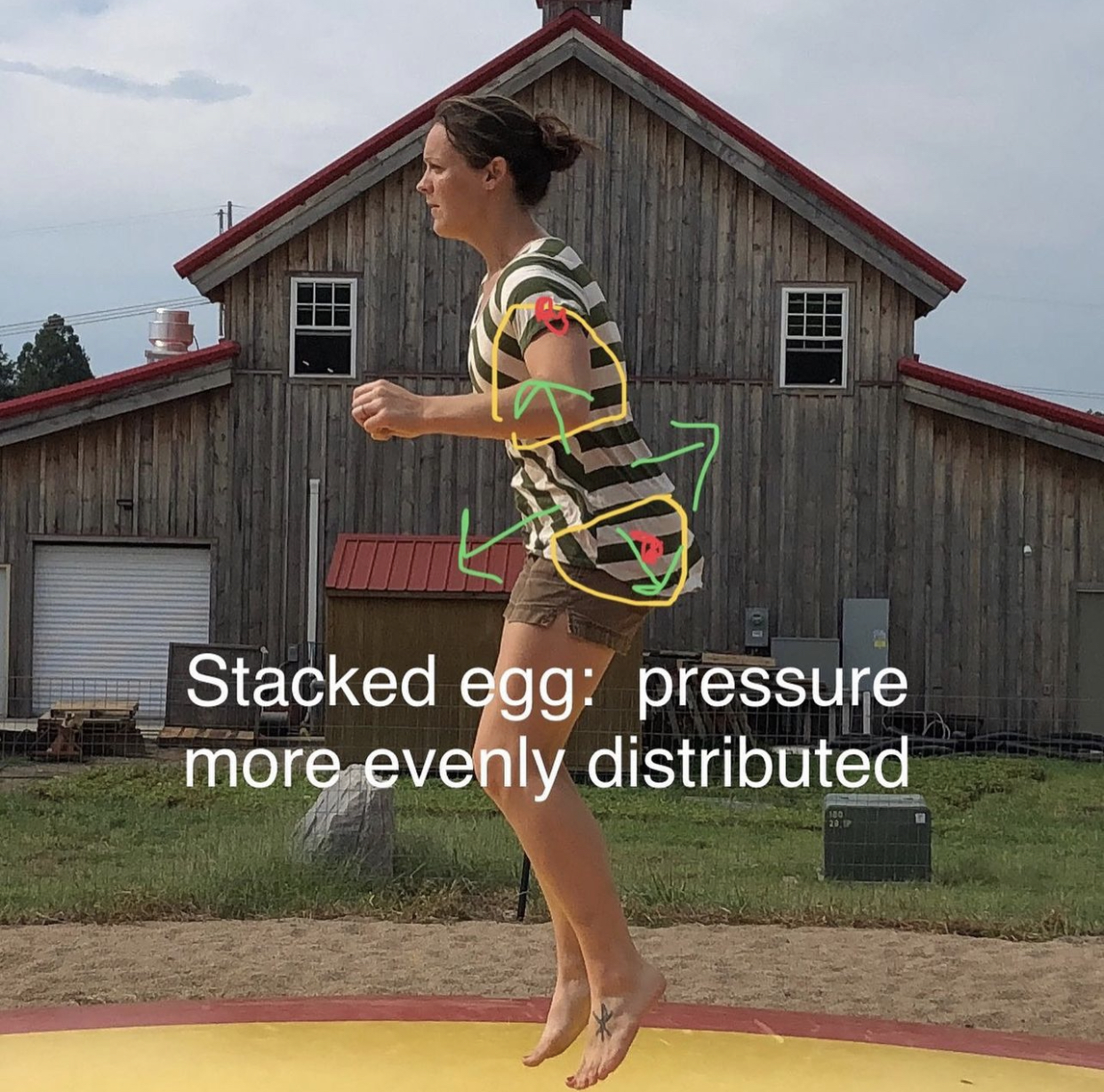Pressure quite literally keeps us upright in many ways. Low enough blood pressure? You’d faint. No intra-abdominal pressure? You’d fall. Inability to create pressure gradients in your lungs? You’d stop breathing.
We have various pressures in our body, but let’s focus on intra-abdominal pressure (IAP): the pressure that is created by and within your core system (diaphragm, abs, pelvic floor) for stability.
IAP provides stability, especially in positions against gravity like sitting or standing. One study by Cobb, et al measured the IAP in in various positions of healthy adults finding the median IAP as 16.7mm/HG in sitting and 20mm/HG in standing. This is more than double the IAP of someone laying on their back relaxed (7mm/HG according to Chionh, et al). When we need more stability to maintain a position, our IAP increases.
Imagine prepping to lift your 15 pound baby versus your 50 pound kid. You’d probably approach this differently with your position/posture. Lifting a lighter baby, we can get away with less muscle engagement, less stiffness or stability within our body, and overall less thought. But if we are prepping to pick up 50 pounds, it’s likely we may straighten up a bit, move our feet wider, and maybe change our breath to stiffen our body because we need more pressure to lift heavier things.
Curious as to what activities create some of the highest IAP? Coughing, sneezing, and jumping. If you have experienced pelvic floor issues, this is no surprise to you. These activities commonly cause symptoms of leaking or heaviness in the pelvic floor, especially postpartum. Coughing generates more IAP than lifting 20 pounds, which is why pelvic floors can get angry during a bout of sickness (looking at you, flu season).
But did you know you can change your body position to help manage and distribute the pressure in these situations to prevent leaking or heaviness? Your posture dictates muscle position; and muscles’ position dictate how effectively they can work against pressure (example: your pelvic floor during jumping).
Here are some tips for sneezing/coughing and jumping to use positioning to manage pressure!


Want to learn how to improve your movements and posture to address pelvic floor and core issues?
Check out my online postpartum programs, To Birth & Back and Core to Floor! Free previews and descriptions available through link
Use "friday30" for 30% off all programs until 12/5/22!
REFERENCES
https://pubmed.ncbi.nlm.nih.gov/16140336/
https://www.ncbi.nlm.nih.gov/pmc/articles/PMC3301624/
https://pubmed.ncbi.nlm.nih.gov/17199699/
